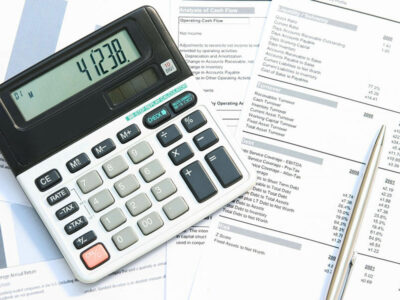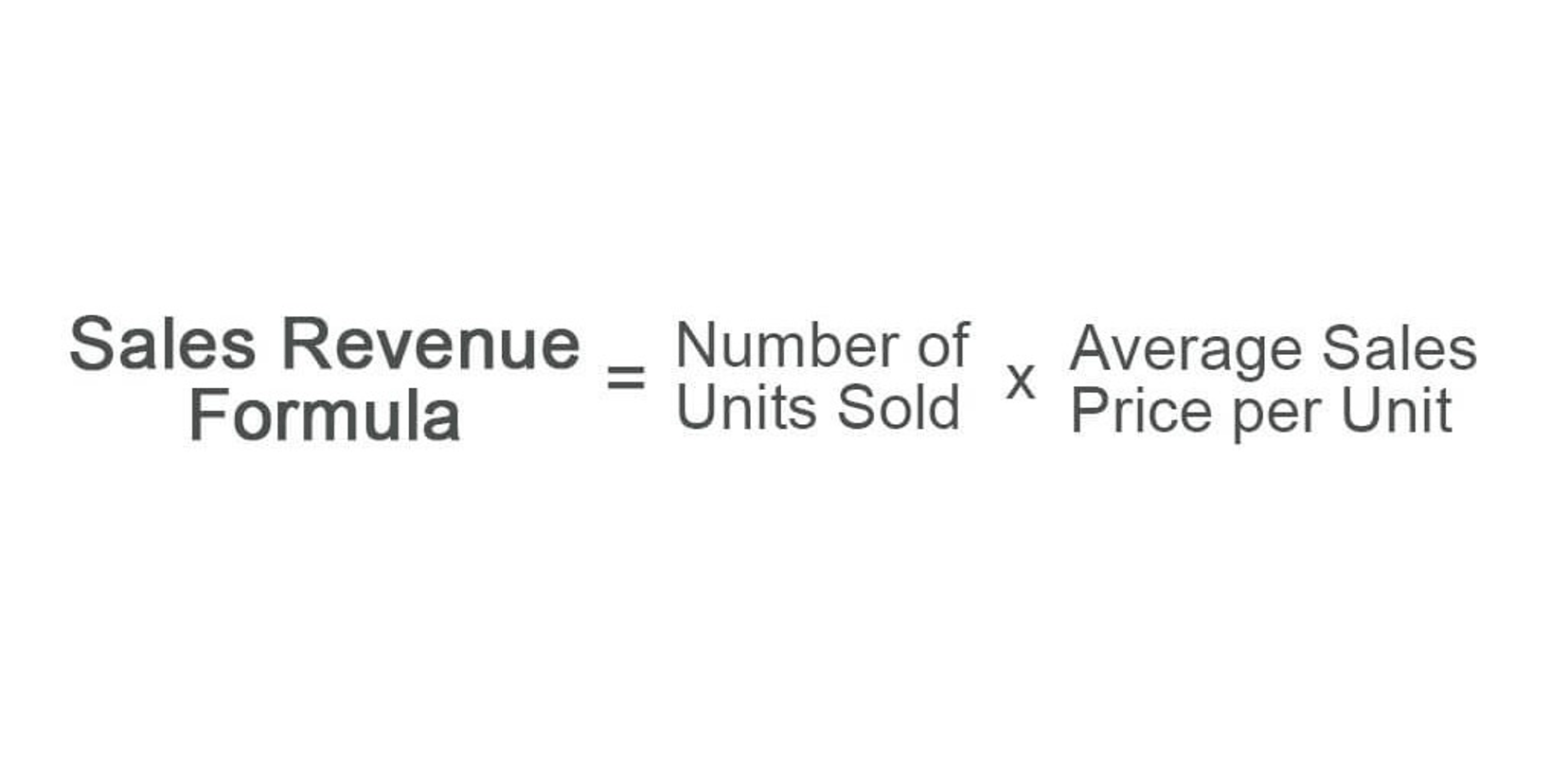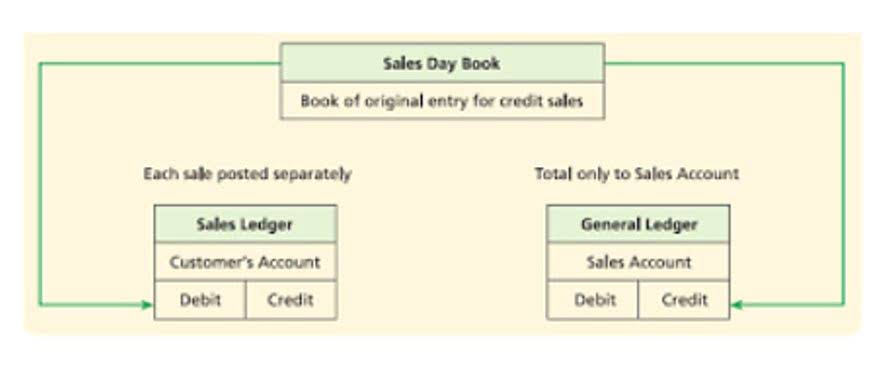
A classified balance sheet is a financial statement that reports asset, liability, and equity accounts in meaningful subcategories for readers’ ease of use. In other words, it breaks down each of the balance sheet accounts into smaller categories to create a more useful and meaningful report. Understanding the differences between a classified balance sheet and an unclassified balance sheet is crucial for anyone analyzing financial statements.
What Kind of Work Does a Tax Accountant Need to Do? (Responsibilities With Salary)

Double-check all calculations and ensure that classifications align with accounting standards. All assets and liabilities are listed together without differentiation of current or non-current. Notice the additional categories present in the classified balance sheet, which may even look more familiar to you than the unclassified version. An unclassified balance sheet could be beneficial when only a high-level overview of the balance sheet is necessary.
How to Prepare a Classified Balance Sheet?
- Non-current or long-term liabilities, on the other hand, become due in more than one year.
- Meaning, if a company has enough current assets, this tells you that it can cover day-to-day operational costs without any problems, which is crucial for its stability.
- However, there are a few key differences between a classified balance sheet vs. a balance sheet.
- By understanding the fundamentals of a classified balance sheet, you will be able to make more informed decisions when it comes to investing, lending, or partnering with a company.
- It is also used to calculate important financial ratios, such as return on equity (ROE) and earnings per share (EPS), which measure the company’s profitability and shareholder value.
- Equity represents the residual value of assets after liabilities have been deducted.
Current liabilities like current assets have an existence of the current financial year or the current operating cycle. These are usually short debts that are expected to be taken care of utilizing current assets or by creating a new current liability. The important part is that these need to be settled fast and not be kept pending for later installments. An organization utilizes current assets for taking care of current liabilities since it might effectively access current assets. Long-term liabilities incorporate loans Accounting Periods and Methods the organization doesn’t have to pay off within a year’s time, although the organization might have to make a few installments on the loan by the next year. The long-term liabilities section includes debts that will not be due within one year of the classified balance sheet’s date or operating cycle.
Organizing Assets by Current and Non-Current Categories
But if there’s a lot of long-term debt, it could be a warning sign that the company owes too much money. Collect all necessary financial data, including details on assets, liabilities, and equity from the trial balance or general ledger. A balance sheet where assets, liabilities, and equity are grouped into categories like current, non-current, etc. This blog delves into the definition, purpose, and steps to prepare a classified balance sheet, helping you understand its importance in financial reporting. The equity section represents the owners’ interest in the business and typically includes common stock, retained earnings, and treasury stock. Contrastingly, if you want a quick snapshot of your business’s performance, an unclassified balance sheet could https://www.bookstime.com/articles/payroll-automation be more easily digestible.

What is a classified balance sheet?

Now that we know the why, let’s move on to the what—what exactly goes into each section of a classified balance sheet. When the data has been set into the right classifications, you’ll add every section separately. At the point when that is finished, you’ll need to add each one of the subtotals to show up at your asset total, which is $98200. The Current Assets list incorporates all assets that have an expiry date of less than one year.
Classified Balance Sheet – Example Template
Current assets are generally the materials which a business expects to consume within one year of the balance sheet’s date or if longer the company’s operating cycle. Because a classified balance sheet is not a formal balance sheet, there are no consistent subcategories or classifications that need to be used. On the downside, creating a classified balance sheet takes more time and effort compared to an unclassified balance sheet. This can result in more work for you, especially if you prepare a separate trial balance sheet to confirm the accuracy of your accounts.
The Financial Snapshot – Example: The Classified Balance Sheet in Action
Examples of current liabilities include accounts payable, accrued liabilities, current portion of long term debt (CPLTD), deferred revenue, etc. It is crucial for stakeholders to consider the limitations of a classified balance sheet and apply additional analysis and judgment to gain a more holistic understanding of a company’s financial position. The biggest is that a classified balance sheet breaks down assets and liabilities into multiple subcategories. This can provide more insight into your ability to generate cash and sustain business operations.
Everything to Run Your Business
A specialized provider like Invensis offers advanced financial analysis and reporting services, using cutting-edge software to streamline processes and reduce manual errors. We focus on delivering accurate financial statements, ensuring regulatory compliance, and improving financial transparency for our clients. By leveraging intelligent reporting tools, we help businesses maintain classified balance sheets with ease, offering a range of services like financial analysis, audit preparation, and more.
Internal Management – The Global Perspective

Assets may be split into “Current Assets” (cash, receivables) and “Non-Current Assets” (property, equipment). Liabilities may be split into “Current Liabilities” (payables, short-term debt) and “Non-Current Liabilities” (long-term debt). To further classified balance sheet illustrate the difference between a balance sheet and a classified balance sheet, let’s compare the two in an example. If you’re not sure what a classified balance sheet is, you’re in the right place. The classified balance sheet is a linchpin in modern business strategy and planning, from securing funding to planning mergers and acquisitions. Although both companies have good liquidity, Company A has a higher current ratio, suggesting better short-term liquidity.
